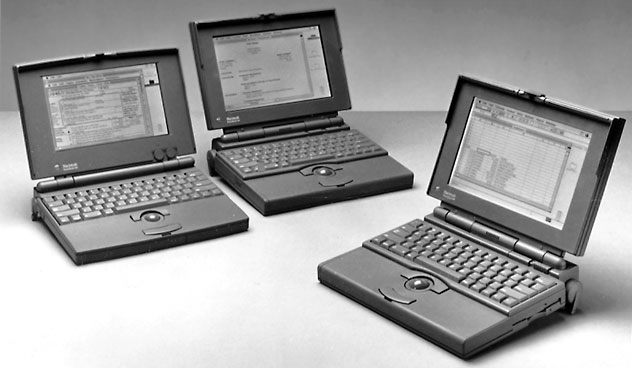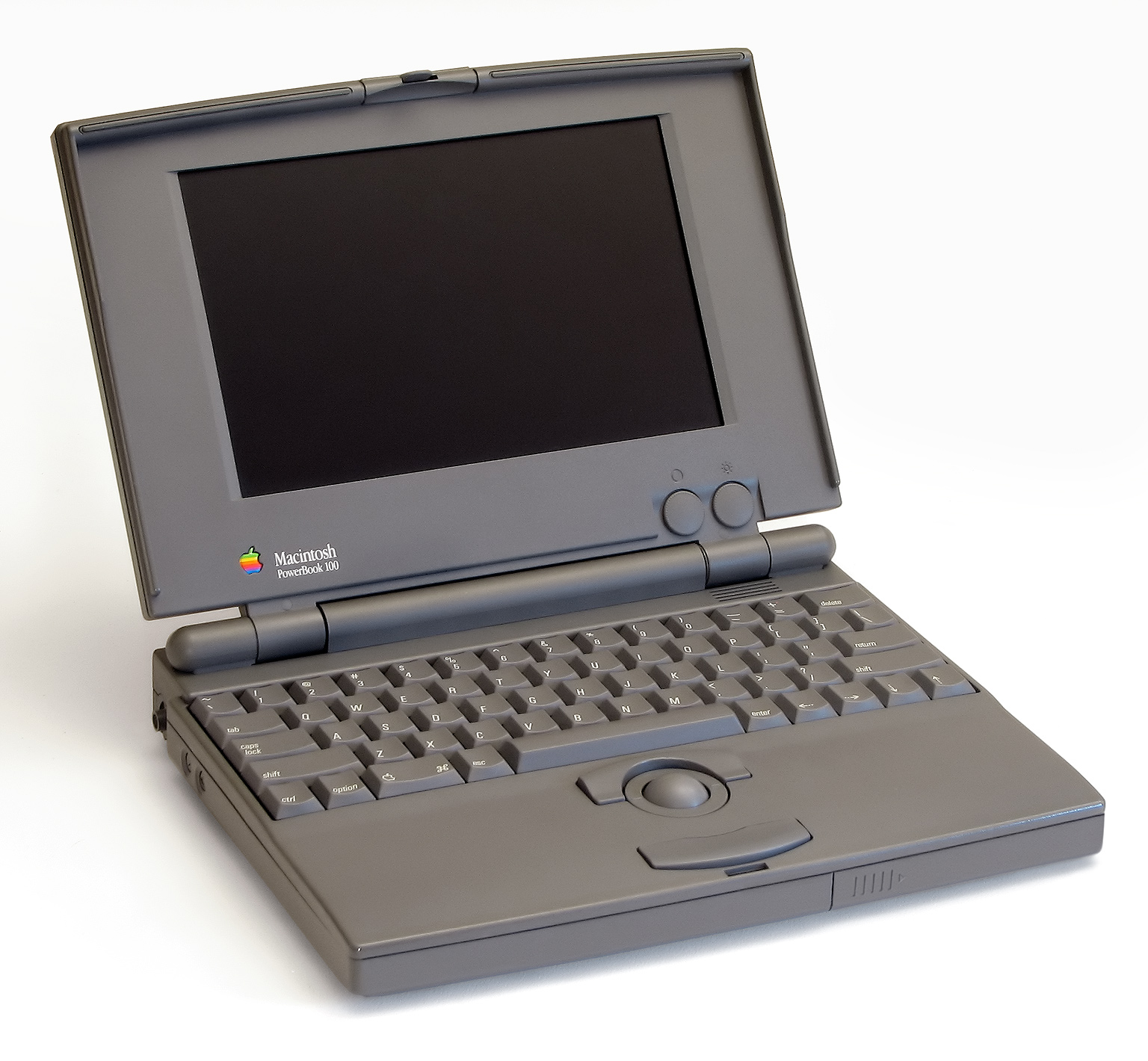 October 21, 1991: Apple launches its PowerBook 100 series. The lightweight laptops quickly become one of the most important tech gadgets of all time.
October 21, 1991: Apple launches its PowerBook 100 series. The lightweight laptops quickly become one of the most important tech gadgets of all time.
These devices will almost single-handedly turn notebook computers into mainstream technology. Apple’s subsequent success in this category — whether it’s the current MacBooks or even the rise of mobile devices like the iPhone — owes a huge debt to the PowerBook 100 series.
PowerBook 100: The first successful Apple mobile device
By modern standards, the PowerBook 100 series is the first true laptop Apple released. It wasn’t the company’s first mobile computer, however. In September 1989, Apple launched the Macintosh Portable, a battery-powered Mac you could take on the go. The Macintosh Portable didn’t fare well, though — which shouldn’t seem too surprising, considering it cost $6,500.
By comparison, the October 1991 PowerBooks came in three configurations: the low-end PowerBook 100, the midlevel PowerBook 140 and the high-end PowerBook 170. These ranged in price from $2,300 to $4,599.
Unlike the Mac Portable, which tipped the scales at 15.8 pounds, the PowerBook 100 notebooks weighed just 5.1 pounds. This made them practical in a way the Mac Portable never had been.
The PowerBook 100 looked somewhat different from the PowerBook 140 and 170. There’s a good reason: While Apple designed the latter two models, Sony designed the former. The PowerBook 100 shipped with 2MB of expandable RAM (up to 8MB) and a hard drive ranging from 20MB to 40MB.
Users wanting a floppy drive could buy one as an external peripheral, although this shipped as standard with the two higher-end models. Only the top-end PowerBook 170 came with an active-matrix display. All three models featured a built-in trackball for controlling the cursor, which drew plenty of comments at the time.
PowerBooks: A surprise hit for Apple

Photo: Low End Mac
The PowerBook 100 series seemed to come as an unexpected hit for Apple. Then-CEO John Sculley gave the PowerBook project a marketing budget of $1 million, considerably less than the money available to the makers of Apple’s desktop Macs.
The advertising push paid off, however. The PowerBook line quickly captured 40% of all laptop sales. In its first year, the PowerBook generated more than $1 billion in revenue for Apple, cementing it as the computer of choice for traveling businesspeople — a market the Mac previously struggled to reach. In 1992, PowerBook sales helped generate $7.1 billion in revenue, making it Apple’s most successful fiscal year to date.
While Apple no longer uses the PowerBook name, there’s no doubt this computer fundamentally shifted the way laptops look and work — and helped kick-start the mobile computing revolution.
Did you own a PowerBook 100 series notebook? What was your first Apple laptop? Leave your comments below.


